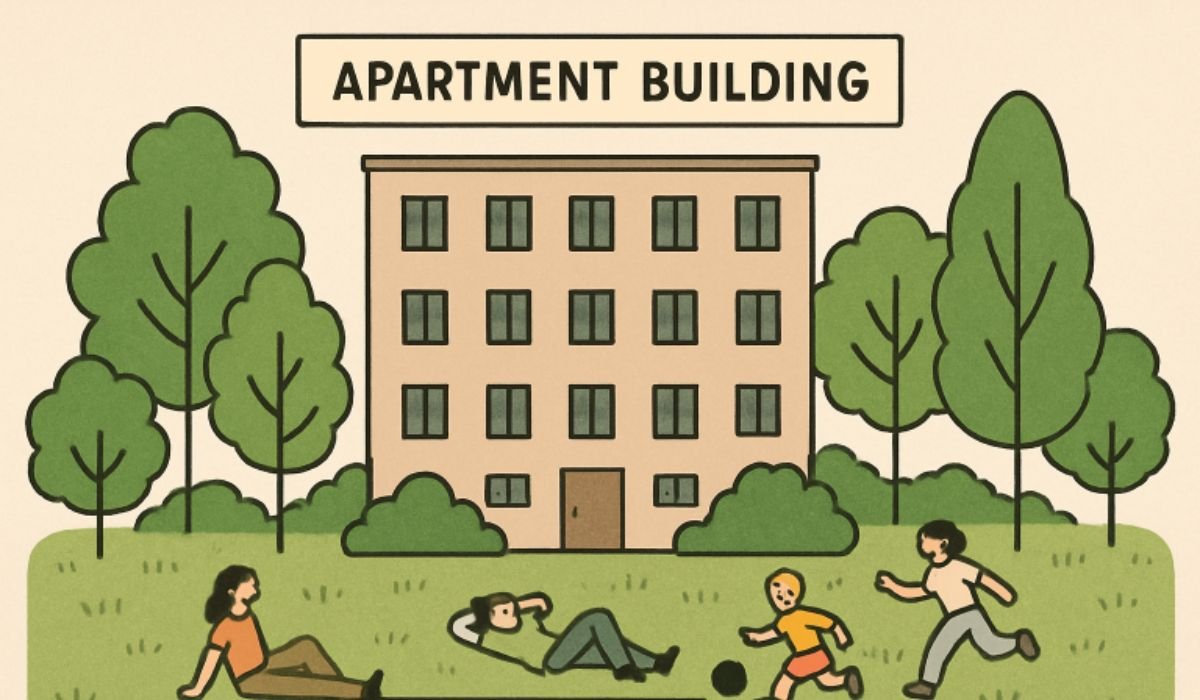Table of Contents
- Mental Health Benefits
- Physical Health Improvements
- Environmental Advantages
- Social Cohesion
- Economic Benefits
- Designing Effective Green Spaces
- Conclusion
In bustling urban environments, the refreshing presence of nature can often feel worlds away. For those who call apartment complexes home, carving out access to green spaces is more critical than ever. Properties such as Cheesman Park Apartments show just how transformative these thoughtfully designed areas can be for today’s city residents. From lush courtyards to sky-high gardens, integrating greenery into city living spaces brings real advantages for both individuals and communities.
The value of urban green spaces transcends mere aesthetics. For apartment dwellers, these spaces become essential sanctuaries—a place to relax, socialize, and reconnect with nature. When incorporated into apartment complexes, green spaces yield a range of benefits, including health, social, economic, and environmental advantages, thereby fundamentally enhancing daily living. This article explores the diverse ways in which these green oases improve the quality of urban life.
Mental Health Benefits
Living near or having access to green spaces can have a profound impact on the mental health of apartment residents. The restorative qualities of nature have been documented in numerous studies, indicating lower levels of anxiety, stress, and depression among individuals who regularly spend time in greenery. According to a report from BBC News, even brief exposure to natural environments can significantly reduce stress levels and improve overall mental well-being.
The calming effect of nature, whether experienced in a rooftop garden or a quiet courtyard, has cognitive benefits as well. Many apartment dwellers report enhanced focus and reduced symptoms of burnout simply by spending time in landscaped communal spaces. These mental health boosts not only improve personal well-being but also contribute to stronger, more resilient communities.
Physical Health Improvements
Access to green spaces within apartment complexes is a powerful motivator for physical activity. Whether it’s jogging along a landscaped path, participating in outdoor yoga classes, or tending a resident garden, these activities become more accessible and appealing when inviting green areas are on the property. According to the World Economic Forum, urban green spaces not only promote physical exercise but also help reduce exposure to pollutants by filtering air and dampening city noise.
Spending more time outdoors is also linked to reduced rates of chronic diseases, such as obesity and heart disease. For parents raising children in apartment complexes, green spaces offer safe environments for play and development, fostering lifelong healthy habits.
Environmental Advantages
Green spaces are not just beneficial for people; they play a crucial role in improving the urban environment itself. One key advantage is their ability to combat the urban heat island effect—a phenomenon where cities become significantly warmer than surrounding areas due to concrete, asphalt, and a lack of vegetation. Green roofs and shaded courtyards lower ambient temperatures, reduce glare, and insulate buildings, resulting in significant energy savings.
Additionally, urban green spaces contribute to biodiversity by offering habitats for birds, insects, and small mammals, enriching the ecosystem even in the heart of the city. Rain gardens, green walls, and permeable landscaping further improve stormwater management, helping to prevent flooding and reduce runoff pollution.
Social Cohesion
In cities, where anonymity and isolation can be common, green spaces become vital anchors for community connection. Shared gardens, picnic areas, and walking trails within apartment complexes encourage spontaneous social interactions and foster collaborations among residents. These shared spaces often host a variety of events, from seasonal festivals to gardening clubs, fostering a sense of belonging and collective stewardship.
As neighbors come together to enjoy these amenities, trust and camaraderie grow, helping weave a stronger social fabric throughout the apartment community. Well-designed communal green spaces can turn buildings into vibrant micro-neighborhoods, making urban living feel more personal and connected.
Economic Benefits
Apartments that incorporate green spaces often command higher rental values and attract a larger pool of prospective tenants. Amenities like rooftop terraces, landscaped courtyards, and serene gardens are seen as high-demand features in today’s real estate market. These amenities not only increase occupancy rates but can also justify premium rental pricing, as residents are eager to invest in improved quality of life. According to a recent CNN Style feature on sustainable building design, the demand for eco-conscious spaces continues to rise globally, reinforcing their value in modern developments.
Integrating green design also brings operational savings. Plants provide natural cooling, insulating buildings in both summer and winter, and thus reducing utility bills for both property owners and residents. Over time, the economic advantages of urban green spaces contribute to more resilient and sustainable properties.
Designing Effective Green Spaces
To fully realize the benefits described above, thoughtful design is essential. Effective green spaces are characterized by accessibility, safety, and diversity of use. Incorporating native plants minimizes maintenance and supports local wildlife. Features such as benches, walking paths, and shaded areas make the space inviting for all ages.
In dense urban areas, vertical gardens and rooftop terraces are innovative solutions to limited ground space. Smart design practices ensure these green areas remain functional, beautiful, and usable year-round. Attention to lighting, safety, and adaptable uses—such as play areas, quiet zones, or community gardens—maximizes the positive impact for everyone living in the apartment complex.
Conclusion
Urban green spaces are much more than just pretty additions to apartment complexes—they are catalysts for healthier, happier, and more connected communities. Well-designed green spaces in the city promote mental and physical well-being, boost property values, and support the environment, benefiting both residents and the broader urban ecosystem. As cities continue to grow, these spaces will become even more vital, shaping vibrant and sustainable places to call home.
YOU MAY ALSO LIKE: A Calm Home Office Starts With Off-Site Space

